Optimal Timing for Furniture Restorations
Furniture restorations can be effectively performed at various times of the year, depending on environmental conditions and project scope. Optimal periods often align with moderate humidity and temperature levels to ensure proper drying and adhesion of finishes. Typically, spring and fall are considered ideal due to stable weather patterns, reducing the risk of moisture-related issues.
Spring offers mild weather and longer daylight hours, facilitating efficient restoration processes and allowing for proper curing of finishes.
Fall provides cooler temperatures and lower humidity, ideal for restoring furniture without the interference of high moisture levels.
High summer temperatures and humidity can hinder drying times, while winter's cold and dry conditions may cause finishes to crack or not adhere properly.
Indoor restorations can be scheduled year-round, but outdoor projects benefit from seasonal weather patterns to ensure quality results.

Furniture being restored outdoors during spring.

Restoration process in a controlled indoor environment.

Indoor workspace with tools and finishes.

Ways to make Furniture Restorations work in tight or awkward layouts.

Popular materials for Furniture Restorations and why they hold up over time.

Simple add-ons that improve Furniture Restorations without blowing the budget.
| Season | Advantages |
|---|---|
| Spring | Mild weather, longer days, optimal drying conditions. |
| Summer | Extended daylight, indoor options available. |
| Fall | Cooler temperatures, low humidity, ideal for finishes. |
| Winter | Limited outdoor work, suitable for indoor restorations. |

Restoration work during optimal seasonal conditions.
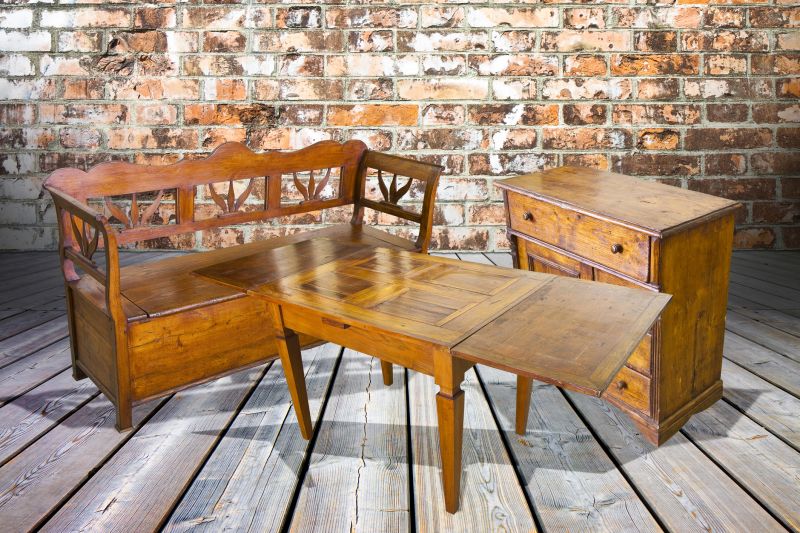
Showcasing high-quality restoration results.
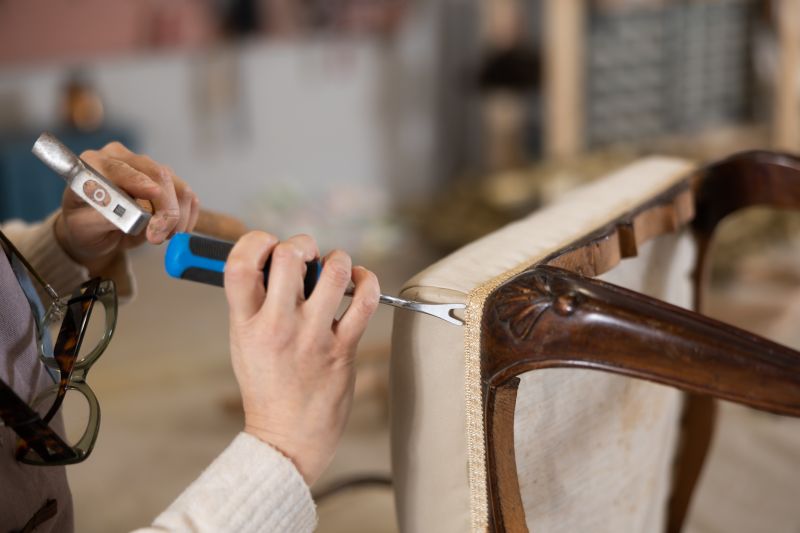
Essential items used in furniture restoration.
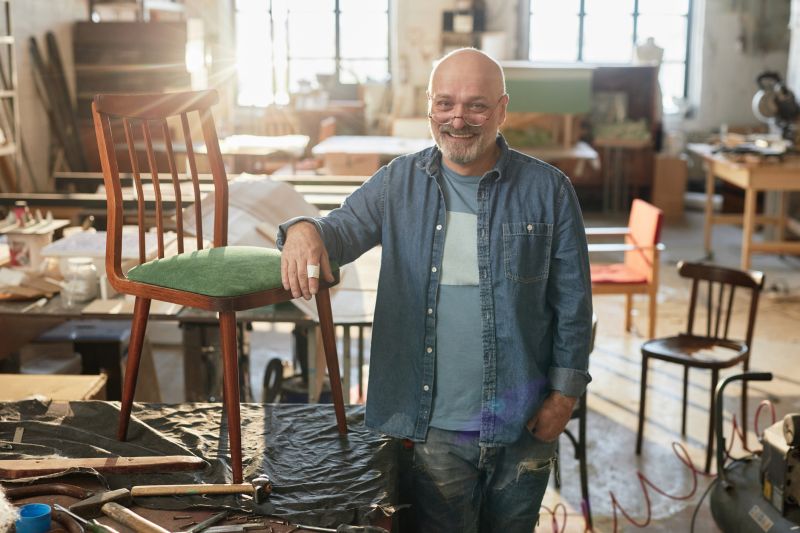
Indoor environment prepared for detailed work.
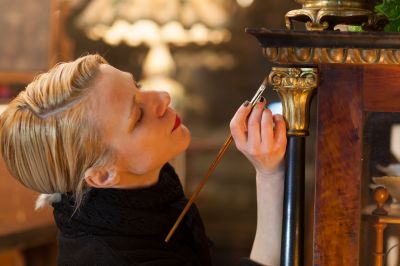
High-end options that actually feel worth it for Furniture Restorations.
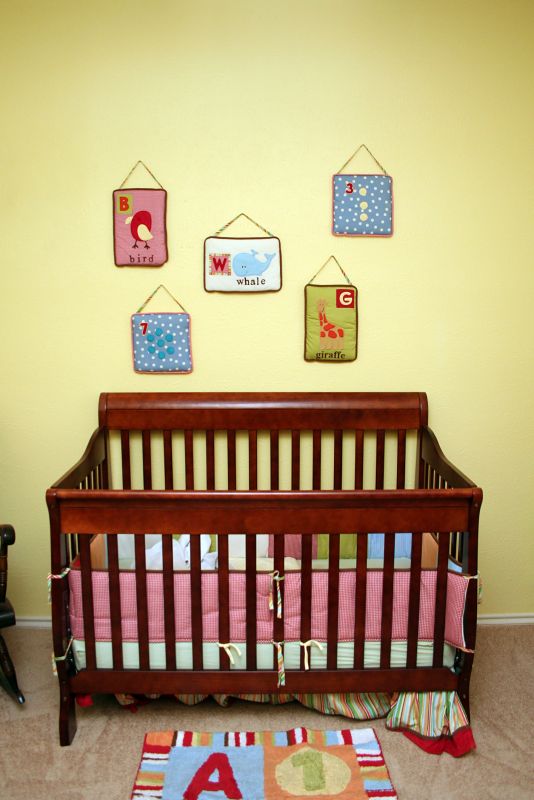
Finishes and colors that play nicely with Furniture Restorations.
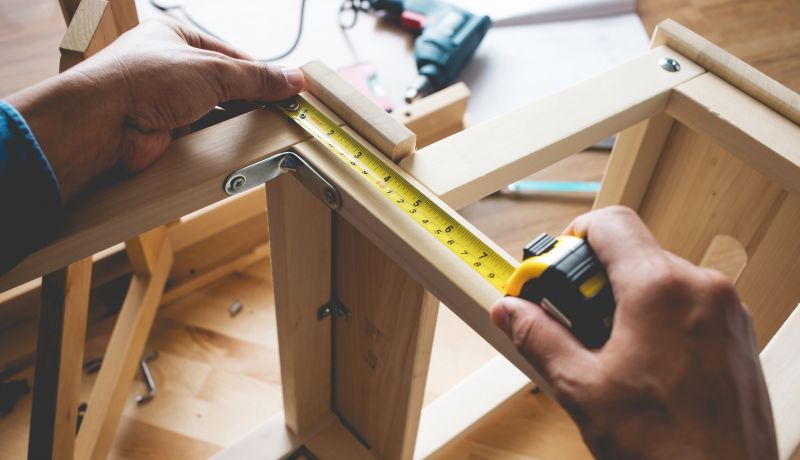
Little measurements that prevent headaches on Furniture Restorations day.

A 60-second routine that keeps Furniture Restorations looking new.
Furniture restorations require careful timing to ensure the best results. Factors such as climate, humidity, and temperature significantly influence the drying and curing processes. Proper planning around seasonal weather patterns can reduce the risk of issues like cracking, warping, or poor adhesion of finishes. Indoor restorations provide flexibility throughout the year, while outdoor projects benefit from weather conditions that support optimal drying and curing.
Statistically, projects scheduled during spring and fall report higher satisfaction due to predictable environmental conditions. Restoring furniture during these periods ensures the longevity and quality of the finish. Additionally, advancements in climate-controlled environments allow for high-quality restorations regardless of season, offering greater scheduling flexibility.
Interested parties are encouraged to contact for further details or to discuss specific restoration timelines and options. Proper timing can enhance the durability and aesthetic appeal of restored furniture, making it a worthwhile consideration for any restoration project.
